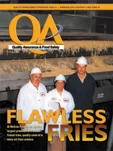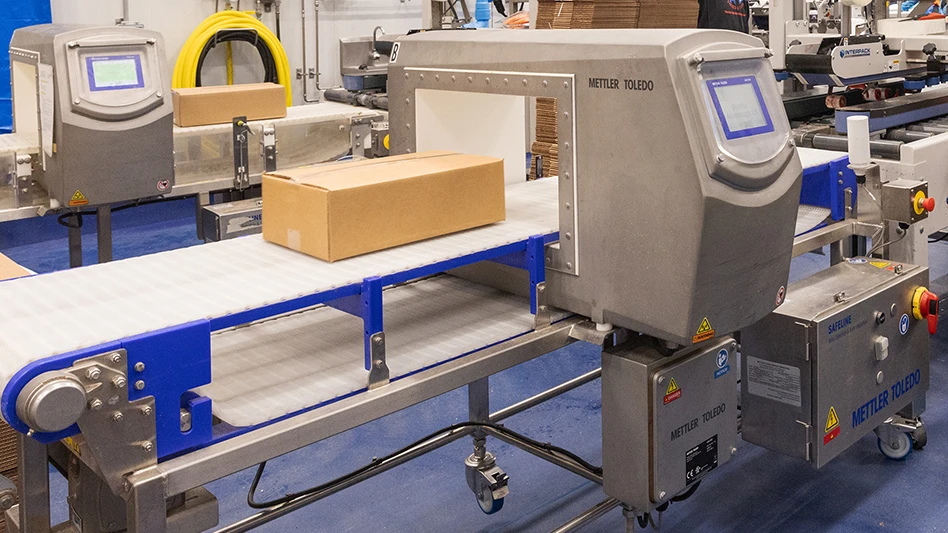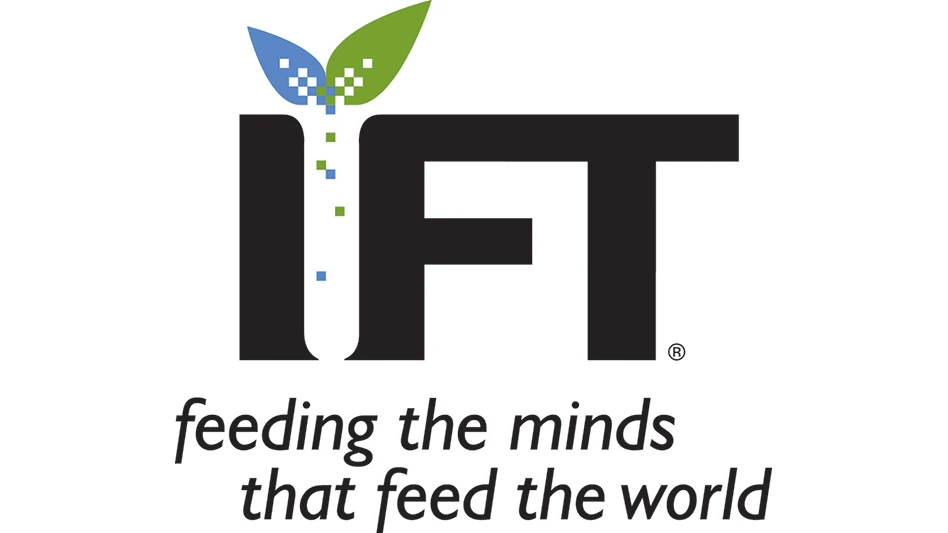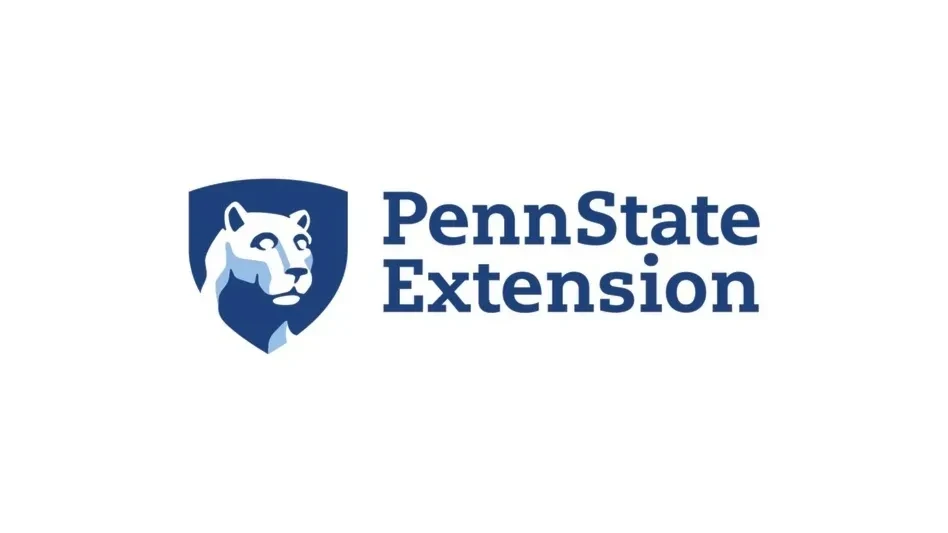Author’s Note: Welcome to this Practical QA Solutions column. I hope you are finding these articles an interesting read with educational ideas ready to put into action. How am I doing? Let me know by contacting me at oled@kc.rr.com or at my website www.qualitycenteredconsulting.com.
Have you thought about ways to extend quality to your customers and end users? In today’s business world of mergers and downsizing, a QA Manager’s responsibilities just seem to keep growing. Some days one may wonder what one’s primary job duty is. The heart of a QA Manager’s job is to assure quality all the way to the end user. Being a catalyst in a facts speak manner is a good approach. A definition of catalyst is an agent that provokes or speeds significant change or action. An agent armed with the facts is a good manager. Quality should be considered a two-part approach.
• To affirm or confirm a product or service; an objective approach.
• Assuring products satisfy a fixed measurable set of clearly defined standards.
• To assure the needs of the customer have been met; a more subjective approach.
• Measuring the customer’s expectations and evaluating the complaints.
DISTRIBUTOR RELATIONSHIP. Good food protection principles throughout the distribution system will reduce product damage and improve profits; your profits and those of your distributors. We all appreciate working with good distributors, those that take it upon themselves to improve their storage practices in a continuous-improvement manner; an approach that reduces product damage and customer complaints. How do you go about establishing a good distributor relationship? Here are a few considerations to ponder.
Getting your distributors on the same page with your warehouse storage requirements is a good place to start. Do you have some storage attributes that are special (i.e., temperature)? A memo of understanding making reference to Good Manufacturing Practices (GMPs) is beneficial. Include any special product storage requirements that you may have. Consider shelf life, pest management pressures, product rework, lot tracking and complaint history.
If you have an opportunity, especially prior to any distribution center approval, an objective evaluation should take place, through a visit by someone within your company or from a reputable third party. This evaluation also can be performed during an inspection, such as one resulting from a customer complaint, etc. It does not take a rocket scientist to understand what a clean, dry, pest-free, secure environment really means. However, some checklist criteria can help to better protect your food products. As a minimum, this criterion should consist of:
1. Facility Concern for Quality Improvement
2. Employee Knowledge and Training
3. Outside Grounds/Traffic
4. Building Design/Structure Integrity
5. Receiving Practices/Lot Recording
6. Sanitation Program/Trash Handling
7. Pest Control Program
8. Storage Practices/FIFO/Segregation
9. Shipping Practices/Loading Inspection
10. Documentation/Lot Traceability
11. Technical Support/Customer Help
12. Third Party Quality Certifications
Grading items on a 1–5 (very poor – very good) scale is an objective way to evaluate distribution centers. For example, shipping practices may have the following short descriptors:
1. Load it, lock it and ship it.
2. Pre-loading vehicle inspection program evident, load it, lock it and ship it.
3. Meets standard shipping and customer requirements with adequate documentation.
4. Pre-loading vehicle inspection is well documented with supplier follow-up evident.
5. Loading process is well defined, well trained and validated with a reputable third party.
Providing distribution centers with your criteria and information can help to get them on that "same page." When warehouse personnel understand what to expect and self audit themselves, quality can be extended further into their operations on the way toward your end users.
CUSTOMER COMPLAINTS. However, warehouse evaluations are only part of this story. How do you know if your customer expectations are being met or exceeded? When and where do you go to investigate a serious problem or a series of problems? A thorough and accurate customer complaint tracking system can help your efforts. We live in an imperfect world and problems do occur. It is important to make this problem reporting uncomplicated. Most food packages contain an easy-to-find phone number to call with problems. As noted by the U.S. Office of Consumer Affairs, 95% of unsatisfied customers will buy again if their complaint is resolved quickly. In addition for each customer that does complain (end user), 26 more remain silent. Factor these customer tendencies into your math when developing facts speak improvement presentation.
One must be careful with any complaint tracking system. This is sensitive, confidential information to be used strategically and should not be a data rich and information poor mechanism. Collecting accurate information directly from the end users can lead to timely avoidance of a bigger problem and even a catastrophe. This is a time when a QA Manager can become that catalyst to protect a product’s reputation and/or company’s good name. By making analytical sense from complaint information, an unsatisfactory short-term trend can be avoided. For example, what if one distribution center is failing to comply with a pest-free good storage practice? Customer complaints are starting to "roll in" from one part of the country. The facts indicate one small region to be a problem. An onsite investigation at a suspect distribution center has verified deficiencies do exist. Immediate corrective actions, employee training and warehouse improvements can be initiated and the QA manager could be considered a resourceful catalyst.
Continuous improvement is an ongoing process. Utilizing end user complaints in an information rich manner can lead to a long-term strategic product improvement initiative. For example, what if the leading complaint category is "too many crumbs" in the package? This is a sign that customer’s expectations are not being met. Perhaps the product breakage characteristic should be improved or maybe the packaging should be re-designed to better protect the product.
Extending quality to your distribution network can make your job a bit easier while improving your product’s reputation and/or company’s good name. Assuring quality to the end user by being a catalyst in facts speaks manner is the heart of a QA manager’s job. The better you build good customer relationships the better your overall quality system will become. QA
The author is owner and president of QCC Services, a consulting firm based in Kansas City, Mo.

Explore the October 2006 Issue
Check out more from this issue and find your next story to read.
Latest from Quality Assurance & Food Safety
- CSQ Invites Public Comments on Improved Cannabis Safety, Quality Standards
- Registration Open for IAFNS’ Fifth Annual Summer Science Symposium
- Leaked White House Budget Draft Proposes Shifting Inspection Responsibilities from FDA to States
- Chlorine Dioxide: Reset the Pathogenic Environment
- Ferrero Group Invests $445 Million in Ontario Production Facility
- Nelson-Jameson Announces Grand Opening for Pennsylvania Distribution Center
- Taylor Farms Linked to Romaine E. coli Outbreak as Marler Clark Files Multiple Lawsuits Against Supplier
- IAFNS Announces Winners of Emerging Leader Awards for Food Safety, Nutrition





